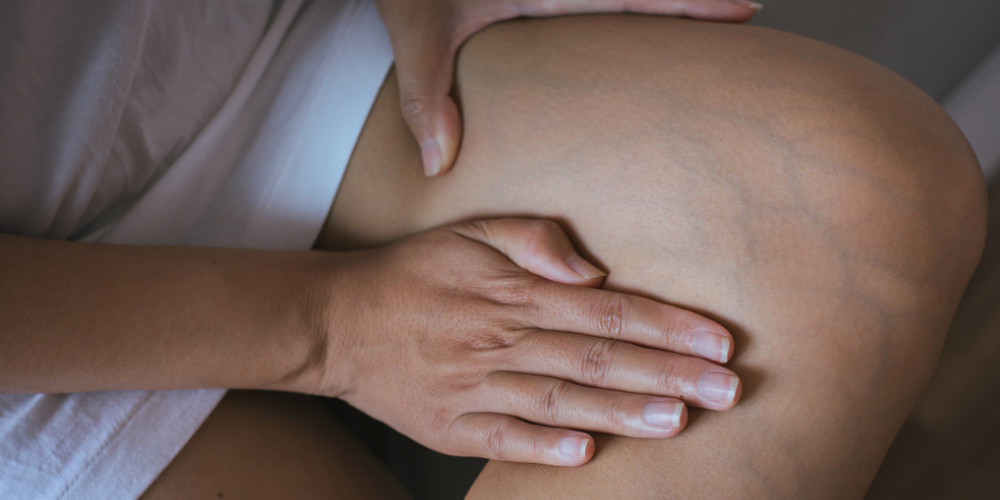Spider and varicose veins are damaged veins. These develop when small, one way valves inside the veins weaken. When the veins are healthy, these valves tend to push the blood on one side only, means back to our heart. When the valves are weak, the blood flows backward and gathers in the vein. The extra blood puts pressure on the vein walls. When continual pressure is applied, the vein walls weaken and bulge. This causes varicose or spider veins. Many people are highly prone to developing these veins. It may be genetics too. Many people have them because they tend to sit or stand for prolonged periods of time in almost all days of the week. These veins are also common with age and during pregnancy as well. Spider or varicose veins are also caused by sunlight, injury or hormonal changes.
Treatment
Spider Vein treatment options tend to range from self care to a minor surgery. Refer to the list of options treatment listed below.

- Self care
Indulge in activities that tend to improve your blood circulation like exercising on a regular basis, elevating your legs, if you are sitting for prolonged periods of time, then get up and take a walk in every half an hour, the same goes for prolonged standing as well, prevent yourself from staying in a hot bath for prolonged periods of time. These tips may help in prevention of new varicose veins, but not get rid of the current ones.
- Compression stockings
These stocking tends to apply steady pressure to assist the blood move back to your heart. This steady pressure also brings down the swelling in your lower legs and fades the risk of getting a blood clot. Albeit, you will still have spider veins visible. Consult your doctor to ascertain what proper size and right amount of pressure is needed, if you are willing to invest in compression stockings.

- Sclerotherapy
This is probably the most common way to treat leg veins. In this treatment, a chemical is injected onto a spider vein which triggers and irritates the wall of the vein. Various areas of the veins are then injected. After this, these areas will be massaged by the doctor. Then a compression stocking in placed on each leg. You will be monitored for a while and then will be sent home. To keep the side effects at bay, you will need to go on walks on a daily basis wearing the compression stockings as prescribed. Mostly you will need to put this on for 2 to 3 weeks. Then, you can return to work the next day.


Comments are closed.